Read this post on TravelFeed.io for the best experience
.png)
As I arrived at the Didube station in Tbilisi and started looking for the marshrutka leaving for Akhaltsikhe, I couldn’t help but wonder why I had picked this specific city out of the many places to visit in Georgia. On the windscreen of every marshrutka, collective vans used to connect one city to another, were signs written both in Georgian and in English or at the very least, in Georgian and Russian. Yet, the van going to Akhaltsikhe was a different story and the rudiments of Georgian alphabet I had learned beforehand came in handy. If the lack of tourists in this van was to be trusted, the city that sat at the border of Armenia didn’t seem like a popular destination for visitors from abroad and remembering the skeptical look on the face of my Georgian friend when I had told her I was going there, I definitely questioned my travel choices.
As expected, I was the only foreigner in the marshrutka for the entirety of the four-hour long trip to Akhaltsikhe and that didn’t change when I finally got off the van at a bus station that looked just like a random stop along the road. The city centre was a bit far-off but there was nothing that couldn’t be done on foot and I eventually reached my guesthouse, where I was greeted by a nice Georgian lady and her mother, the former I could feel was eager to brush up her English with me.
After a little chit chat, I was ready to explore the city and it so happened that my guesthouse was conveniently located next to its major landmark, the Rabati Castle. This medieval fortress dated back from the 9th century and had been one of the first structures to be built in the city before it became known as Akhaltsikhe, the New Fortress, over the course of the 12th century. The fortress had withstood many attacks, including one led by the infamous conqueror Tamerlane, before it had fallen into Ottoman domination in the 16th century. This multicultural heritage was supposed to be reflected in the diverse types of architecture within the citadel, including an 18th-century Ahmadiyya mosque.
Inspired by tales of this medieval stronghold that had loomed over the city for centuries I walked up to the castle and entered the main gate, expecting to find a fortress the likes of which I had seen all over Europe but with a Middle-Eastern flair. I expected it to be partly in ruins, as evocative as only age-old buildings can be. Instead, my expectations were met with a strange mix of concrete buildings and constructions I could tell were not 100% historically accurate. Indeed, the Rabati Castle had undergone extensive renovations in the early 2010s, aiming at drawing many more visitors on-site.
From the looks of it, their goal had been met as I could see a few groups of tourists walking around the premises, the majority of which were Russian visitors. Yet, this renovation had been quite controversial as some of the buildings had been updated, if not completely built up from scratch.The end result wasn’t bad, only it felt a bit strange, especially considering the out of place cafés and spa hotel. Truth be told, I felt like roaming the set of a TV show trying to recreate a fortress of the past. I could even sense some Game of Thrones vibes, or rather a cardboard imitation of the actual filming locations of the show.
I was therefore a bit put-off by the odd looks of this modern-looking fortress at first but it didn’t prevent me from buying a ticket to access its inner part, arguably the most interesting side of the castle. This was indeed within the castle that the renovation process had been the most impressive, adding many buildings that had been wiped out over the years, from an Orthodox church to a mosque minaret, a madrasah to baths. As questionable as these reconstructions were, I ended up warming up to them after a while. The project had been aiming at showcasing the different architectural styles that had changed the face of the fortress throughout history and it somehow worked. Even though historical accuracy had been thrown under the bus in the process, walking around the peaceful gardens of Rabati still felt engaging. Besides, the view from the top of the stronghold was unparalleled.
I was still unconvinced by the authenticity of what I had seen but I left the Rabati Castle with a slightly more forgiving stance on its renovation, which was only to be reinforced by the leisurely stroll I took in the streets of Akhaltsikhe in the afternoon. Straying away from the vicinity of the fortress, I started wandering without a purpose in a nearby area. Gloomy houses and crumbling churches stood at every corner, while the grand Rabati Fortress stood proudly in the background. It was a disconcerting sight and yet, they seemed to go in pair. Ultimately, renovating Rabati had been a sure way to bring in tourists and their money and I was proof of it.
Yet, it didn’t have to take damaging a historical building to boost tourism. The next day, as I was sitting in yet another marshrutka, lacking yet another seatbelt on my seat, I was wondering what I would find when I’d arrive in Vardzia, another major landmark located an hour away from Akhaltsikhe. Vardzia was a cave monastery on the slopes of the Erusheti Mountain erected during the second half of the 12th century. Built as a place of worship in the most unusual of locations, it housed the Church of the Dormition, a monumental church carved in the rocks and decorated with wall paintings. However, the monastery had fallen out of grace during the Ottoman rule.
Vardzia had been renovated back to its former glory during the 2010s, which was a foreboding claim if any, considering what I had seen in Akhaltsikhe the day before. Yet, my apprehension was soon lifted. From the outside, the troglodyte city looked every bit as impressive as I had expected it to be. Plus, there was no concrete monstrosity in sight! I started climbing my way up to the entrance of the caves, indulging in the beautiful mountainous landscape all around, before entering the complex.
The caves stretched along the cliff for five hundred meters and were made of about nineteen levels. There were therefore hundreds of rooms to be discovered, most of which were empty but still remarkable in the way they had been carved out of the rocks. However, the apex of the complex was the Church of the Dormition, not only for the swiping view it offered on the rest of the monastery but especially for its mural paintings, which were believed to have played a significant role in the development of the tradition of Georgian mural paintings. The Church’s unusual location didn’t undermine its spiritual atmosphere either and time really seemed to have stopped there.
Long after I came back from Georgia, I read that the restoration of Vardzia had been led by Georgia’s scientific institute and international organizations such as the Unesco, working hand in hand to preserve the original style of the complex while renovating its damaged parts. It was no surprise then that Vardzia had felt much more organic and well-preserved than Rabati. Yet and for what it was worth, they were two sides of the same coin that had led me, and many other people, to the remote city of Akhaltsikhe.
View this post on TravelFeed for the best experience.
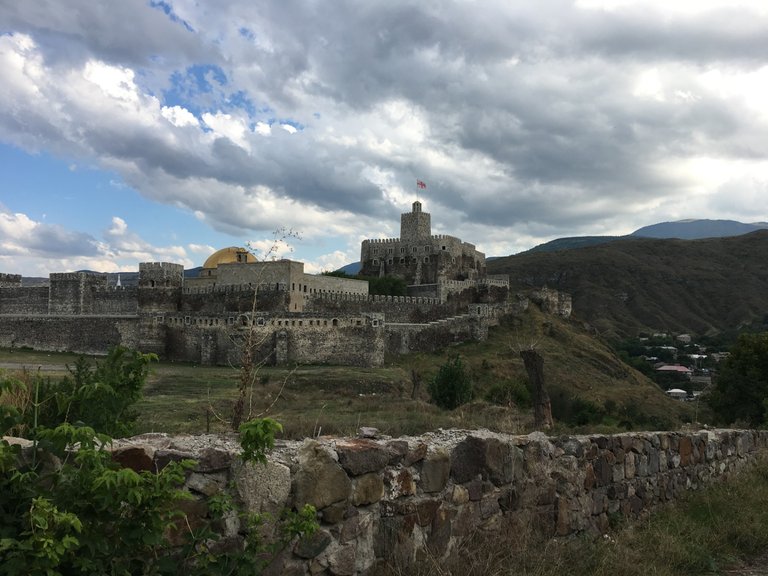
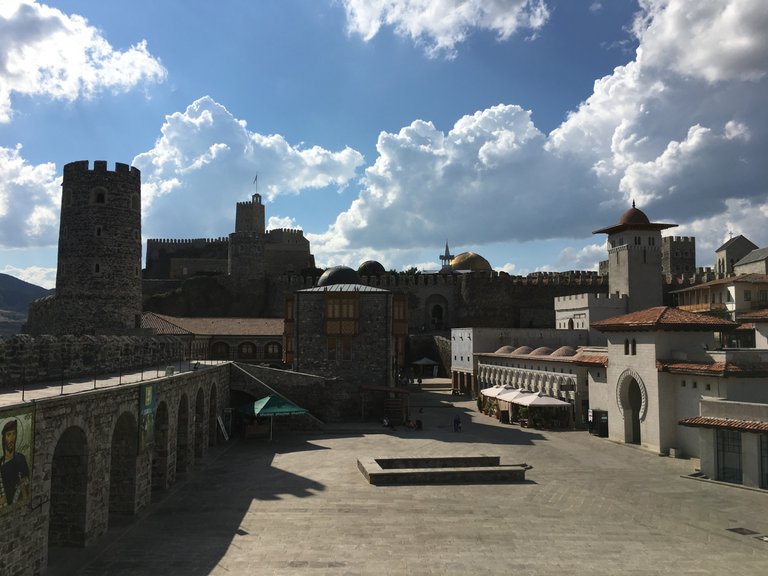
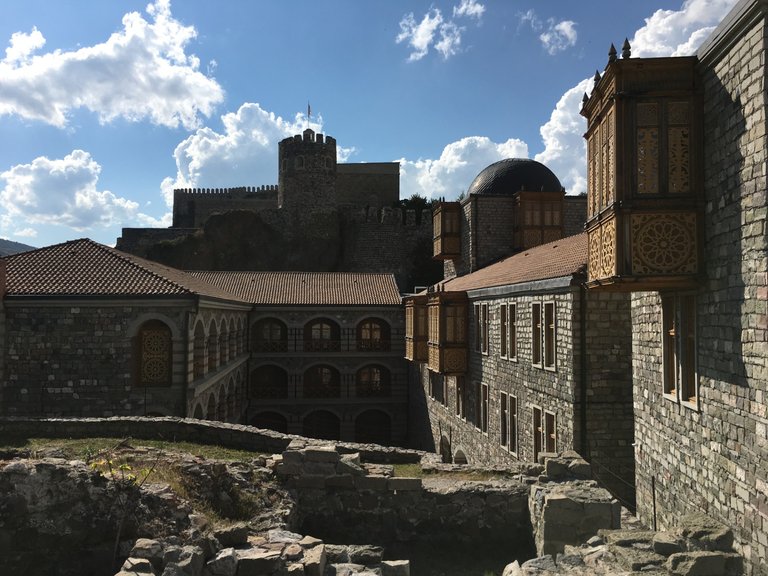
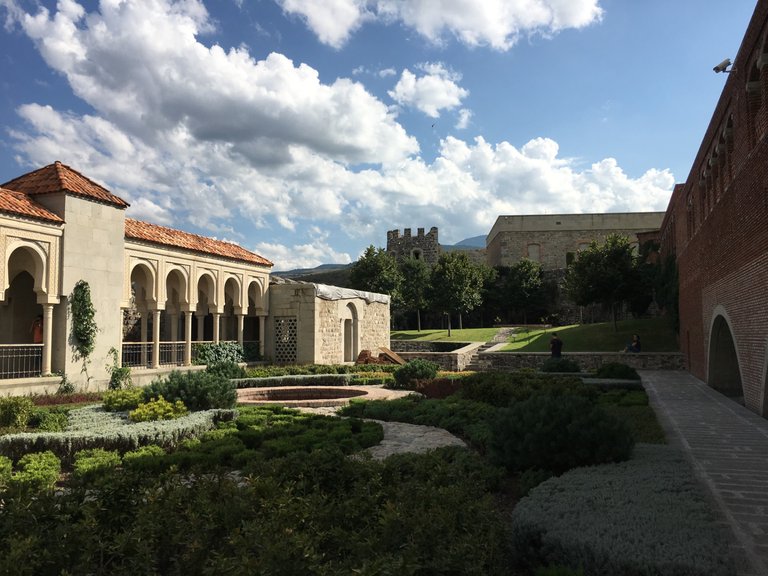
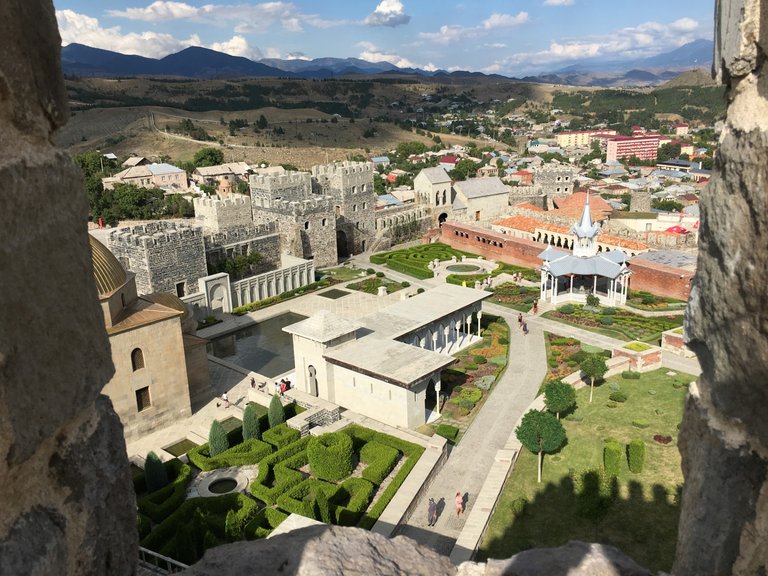
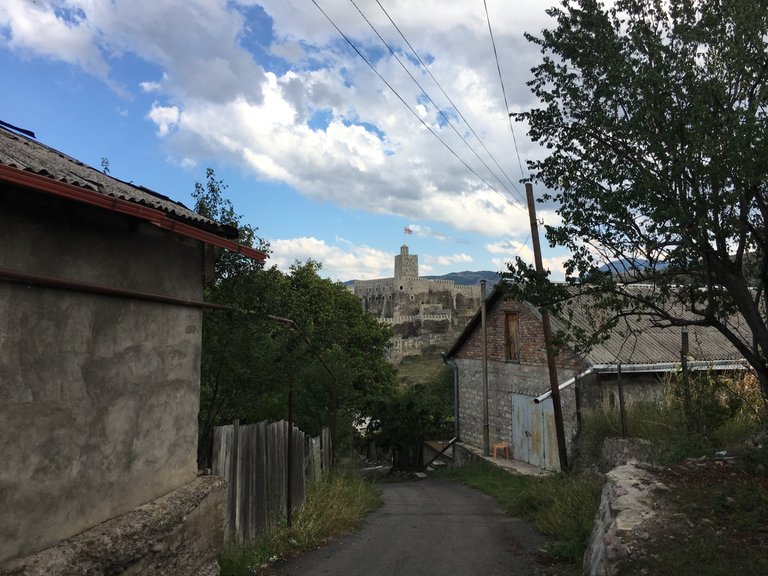
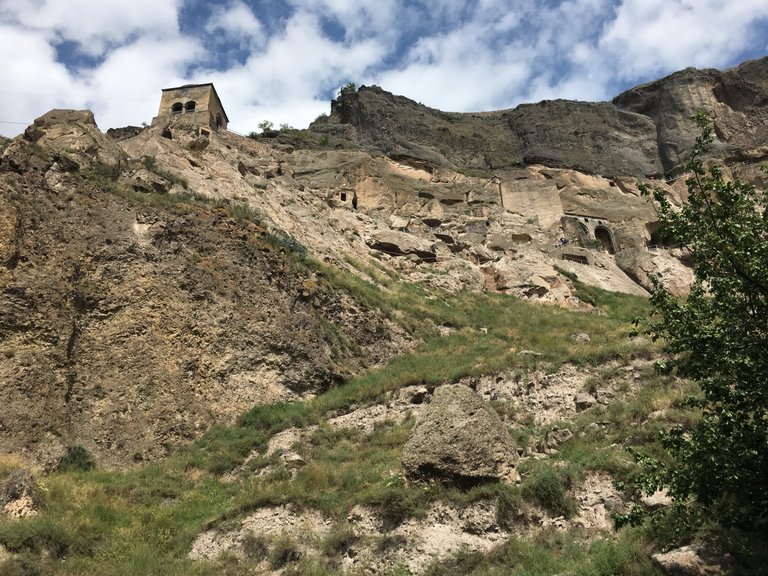
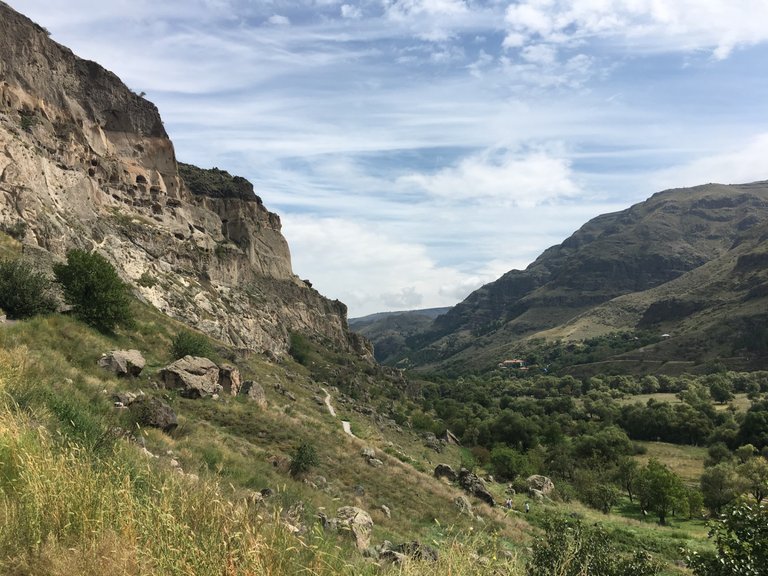
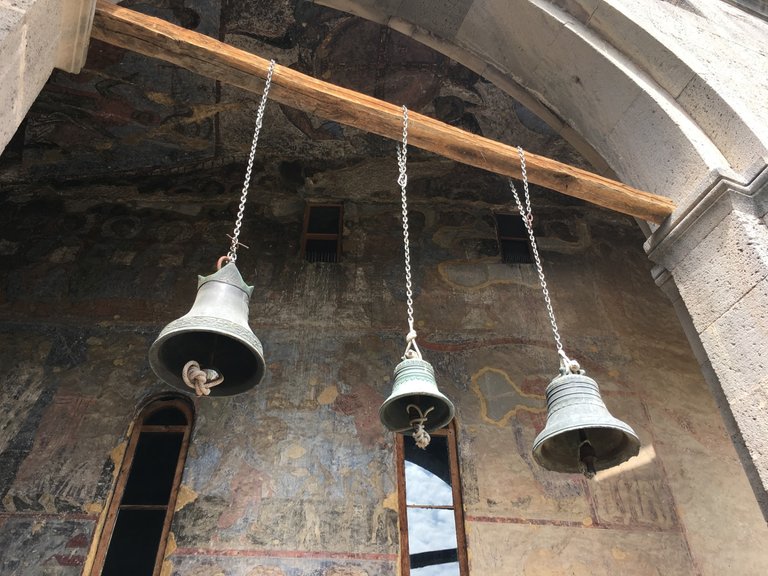
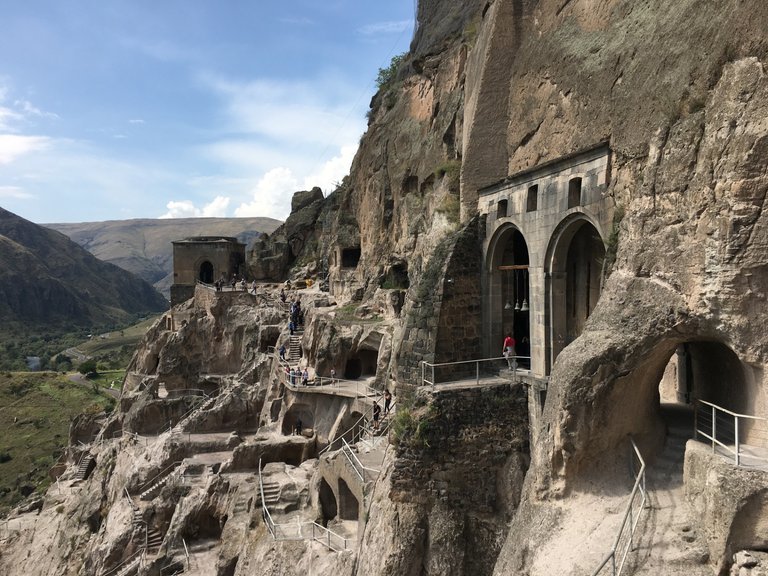
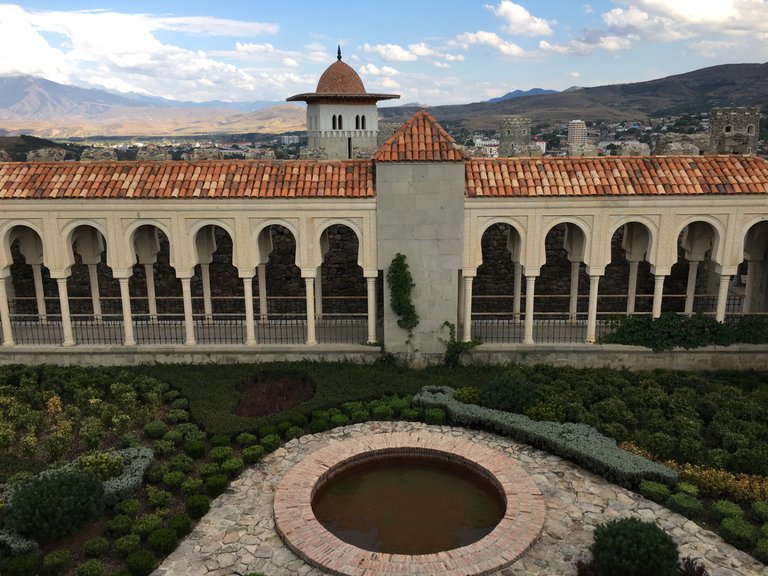
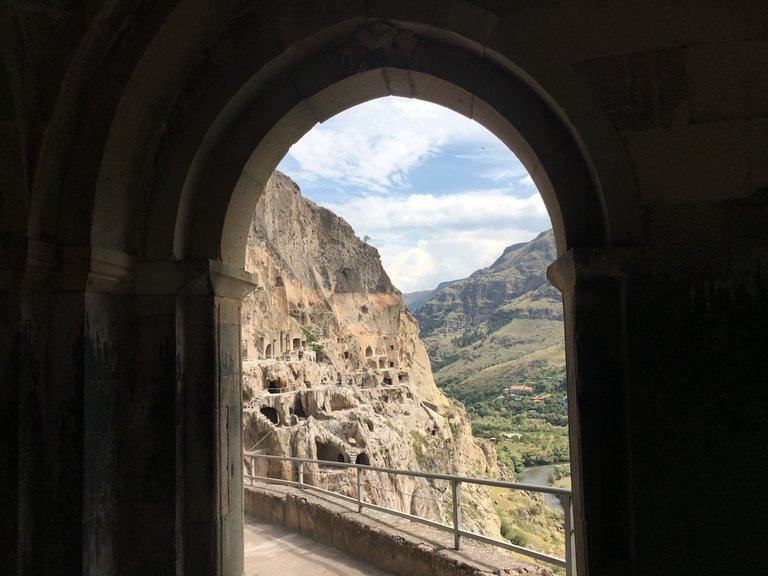
Wow. Quite a lot of my friends have been to Georgia and they took some amazing shots there but this must still be the most impressive travel post about this beautiful country that I have seen so far :) Great job as always guys.
@tipu curate 2
Upvoted 👌 (Mana: 10/20)
Thank you!
Wow, I'm actually surprised a lot of your friends have been there since I thought Georgia wasn't really on many people's radar but that's great! It's a good thing the country is getting more and more recognition as it is definitely worth a visit!
Also, I'm really glad you've enjoyed the photos! I was solo travelling on this trip and Hedi is usually in charge of taking amazing shots so it makes me proud you think these are the best photos of Georgia you've seen so far. Thanks a lot! :)
You can be proud of your shots for sure ;) And you are welcome! Always a pleasure to support your blog guys.
Love the architecture! It really speaks away the history and all the events it's been part of. 😃
Yeah it definitely does! I love how architecture allow us to travel back in time and learn more about history. :)
Congratulations, your post has been added to Pinmapple! 🎉🥳🍍
Did you know every user has their own profile map?
And so does every post as well!
Want to have your post on the map too?
Daily Travel Digest #840.
Become part of our travel community:
- Join our Discord
- Learn more about our travel application
Hiya, @ItchyfeetDonica here, just swinging by to let you know that this post made it into our Honorable Mentions in Your post has been manually curated by the @pinmapple team. If you like what we're doing, please drop by to check out all the rest of today's great posts and consider supporting other authors like yourself and us so we can keep the project going!Congratulations @haydae! You received the biggest smile and some love from TravelFeed! Keep up the amazing blog. 😍 Your post was also chosen as top pick of the day and is now featured on the TravelFeed.io front page.
Thanks for using TravelFeed!
@for91days (TravelFeed team)
PS: You can now search for your travels on-the-go with our Android App. Download it on Google Play
I fall into the category of tourist who prefers restored old buildings. I hate visiting castle ruins when the site could have been restored to the previous glory. So I would have enjoyed the Rabati Castle more than the cave monastery. Never mind it is not 100% authentic.
Also, no matter what brought you to Akhaltsikhe, it was a good choice! Loved your story!